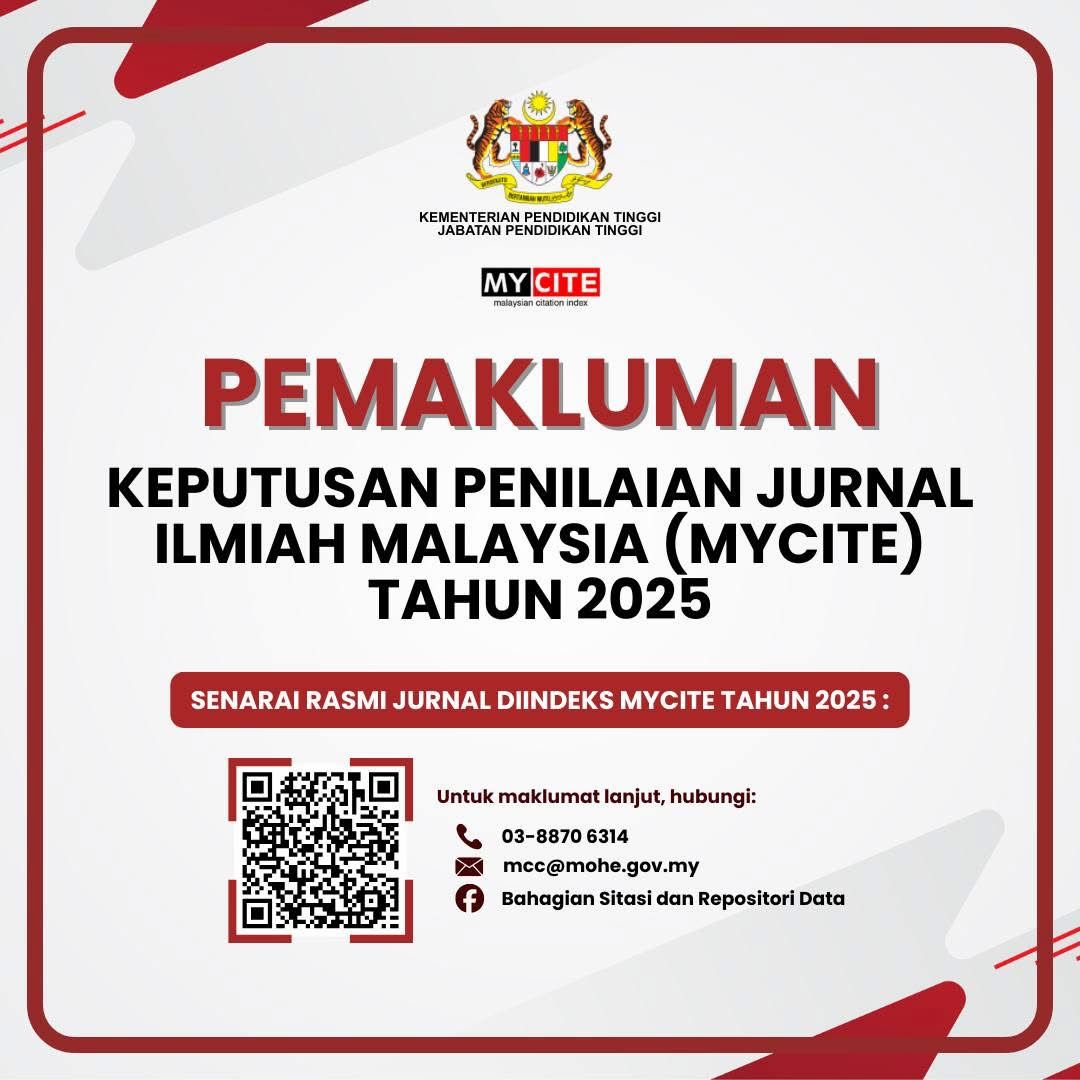Leveraging Visual-Spatial Abilities to Unlock Speech: An Arts-Based Interdisciplinary Approach to Promoting Inclusion and Equity for Children with Autism
DOI:
https://doi.org/10.24191/idealogy.v9i1.513Abstract
This paper investigates the relationship between visual-spatial abilities, cognitive factors, affective factors, and speech fluency achievement in children with Autism Spectrum Disorder (ASD). ASD impacts communication, behavior, and thinking. Children with ASD often exhibit speech fluency difficulties, which can inhibit academic success. However, individuals with ASD possess strong visual-spatial abilities for processing visual information. This study hypothesized that visual-spatial abilities influence speech fluency through cognitive factors (prior knowledge, executive functions) and affective factors (self-efficacy, attitude). A conceptual framework integrated Novak’s Meaningful Learning Model examining relationships between cognitive, affective, and achievement factors. A quantitative methodology utilized questionnaires to collect data for statistical analysis. Results revealed positive, significant effects of cognitive and affective factors on speech fluency. Mediation analysis found partial mediator effects for prior knowledge, attitude, and executive functions between visual-spatial abilities and speech fluency. Findings supported an integrated Visual-Spatial Mediated Model of Speech Fluency in ASD Children (i-VSM). This model can guide interventions to improve speech and language outcomes for children with ASD, supporting their educational development and success. Findings have implications for supporting the UN Sustainable Development Goals on quality education and reduced inequalities for disadvantaged children.
Keywords: Autism Spectrum Disorder (ASD), visual-spatial abilities, speech fluency, prior knowledge, self-efficacy, attitude, executive functions
References
American Speech-Language-Hearing Association. (2016). Autism spectrum disorder. https://www.asha.org/public/speech/disorders/Autism-Spectrum-Disorder/
Bandura, A. (1977). Self-efficacy: Toward a unifying theory of behavioral change. Psychological Review, 84(2), 191–215. https://doi.org/10.1037/0033-295X.84.2.191
Barkley, R. A. (2012). Executive functions: What they are, how they work, and why they evolved. Guilford Press.
Boesch, M. C., Myers, K. M., Johnson, C. P., & Sofis, M. J. (2021). The role of self-efficacy beliefs in communication outcomes for children with autism spectrum disorder. Journal of Speech, Language, and Hearing Research, 64(8), 2988-2997. https://doi.org/10.1044/2021_JSLHR-20-00461
Bransford, J. D. (2000). How people learn: Brain, mind, experience, and school. National Academy Press.
Eagly, A. H., & Chaiken, S. (1993). The psychology of attitudes. Harcourt Brace Jovanovich College Publishers.
Fung, W. T., & Demetriou, E. A. (2022). Executive functions and language development in autism spectrum disorder. Frontiers in Psychology, 12, Article 780930. https://doi.org/10.3389/fpsyg.2021.780930
Gabis, L. V., Pomeroy, J., Andriola, M. R., & Yang, M. (2005). Visual-spatial skills in children with autism spectrum disorders. Journal of Autism and Developmental Disorders, 35(2), 225-236. https://doi.org/10.1007/s10803-004-1992-7
Happé, F., & Frith, U. (2006). The weak coherence account: Detail-focused cognitive style in autism spectrum disorders. Journal of Autism and Developmental Disorders, 36(1), 5-25. https://doi.org/10.1007/s10803-005-0039-0
Kim, J. A., & Landa, R. J. (2016). Lower-level and higher-order cognitive abilities contribute to weak central coherence in autism spectrum disorder. Journal of Autism and Developmental Disorders, 46(8), 2817-2829. https://doi.org/10.1007/s10803-016-2792-3
Novak, J. D. (2010). Learning, creating, and using knowledge: Concept maps as facilitative tools in schools and corporations. Routledge.
Park, M., & Park, K. (2020). An integrated picture exchange communication system and visual-spatial strategy intervention for children with autism spectrum disorder: A pilot study. Journal of Autism and Developmental Disorders, 50(9), 3239-3250. https://doi.org/10.1007/s10803-020-04425-2
Paul, R., & Cohen, D. J. (2014). Outcomes of severe language delay/disorder in adulthood: A review. Journal of Speech, Language, and Hearing Research, 57(4), 1464-1481. https://doi.org/10.1044/2014_JSLHR-L-13-0193
Raghavendra, P., Olsson, C., Sampath, H., & Rose, J. (2020). Picture exchange communication system (PECS) for improving speech fluency in children with autism spectrum disorder: A systematic review. Journal of Autism and Developmental Disorders, 50(9), 3219-3238. https://doi.org/10.1007/s10803-020-04374-0
United Nations. (2015). Transforming our world: The 2030 agenda for sustainable development. https://sdgs.un.org/2030agenda
Weiss, T., Kizony, R., & Sachs, D. (2015). Nonverbal cognition and depressive symptoms interact to influence the communication of children with Autism Spectrum Disorder. Journal of Autism and Developmental Disorders, 45(12), 4002-4012. https://doi.org/10.1007/s10803-015-2567-5
Downloads
Published
Issue
Section
License
UiTM Press (the Publisher) has agreed to publish the undersigned author’s paper in Idealogy Journal. The agreement is contingent upon the fulfilment of a number of requirements listed below.
1. The undersigned author warrants that the paper entitled below is original, that it is not in any way libellous or unlawful in Malaysia, that it does not infringe any copyright or other proprietary right. The undersigned hereby represents and warrants that he/she is the author of the paper, except for material that is clearly identified as to its original source, with permission notices from the copyright owners where required. The undersigned represents that he/she has the power and authority to sign and execute this agreement.
2. The undersigned author warrants that the paper entitled below has not been published elsewhere, and also it will not be submitted anywhere else for publication prior to acceptance/rejection by this Journal.
3. By submitting the paper entitled below, the undersigned author agrees to transfer the rights to publish and distribute the paper in an international e-journal (entitled above) to Publisher.
4. The undersigned author agrees to make a reasonable effort to conform to Publisher's submission guidelines and to liaise with the editor to ensure that the requirements of these guidelines are met to a reasonable degree.
5. The corresponding author signs for and accepts responsibility for releasing this material on behalf of any and all coauthors. This agreement is to be signed by at least one of the authors who has obtained the assent of the co-author(s) where applicable. After submission of this agreement signed by the corresponding author, changes of authorship or in the order of the authors listed will not be accepted.




